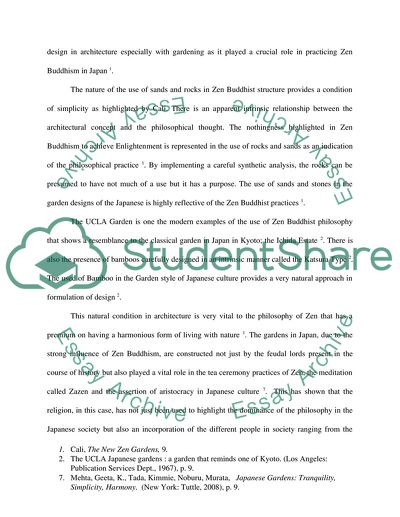Cite this document
(Chinese and Japanese Gardens - the Philosophy of Design Research Paper, n.d.)
Chinese and Japanese Gardens - the Philosophy of Design Research Paper. Retrieved from https://studentshare.org/visual-arts-film-studies/1761527-chinese-gardens-japanese-gardens-the-philosophy-of-design
Chinese and Japanese Gardens - the Philosophy of Design Research Paper. Retrieved from https://studentshare.org/visual-arts-film-studies/1761527-chinese-gardens-japanese-gardens-the-philosophy-of-design
(Chinese and Japanese Gardens - the Philosophy of Design Research Paper)
Chinese and Japanese Gardens - the Philosophy of Design Research Paper. https://studentshare.org/visual-arts-film-studies/1761527-chinese-gardens-japanese-gardens-the-philosophy-of-design.
Chinese and Japanese Gardens - the Philosophy of Design Research Paper. https://studentshare.org/visual-arts-film-studies/1761527-chinese-gardens-japanese-gardens-the-philosophy-of-design.
“Chinese and Japanese Gardens - the Philosophy of Design Research Paper”, n.d. https://studentshare.org/visual-arts-film-studies/1761527-chinese-gardens-japanese-gardens-the-philosophy-of-design.


